Content by Matthew Diersen
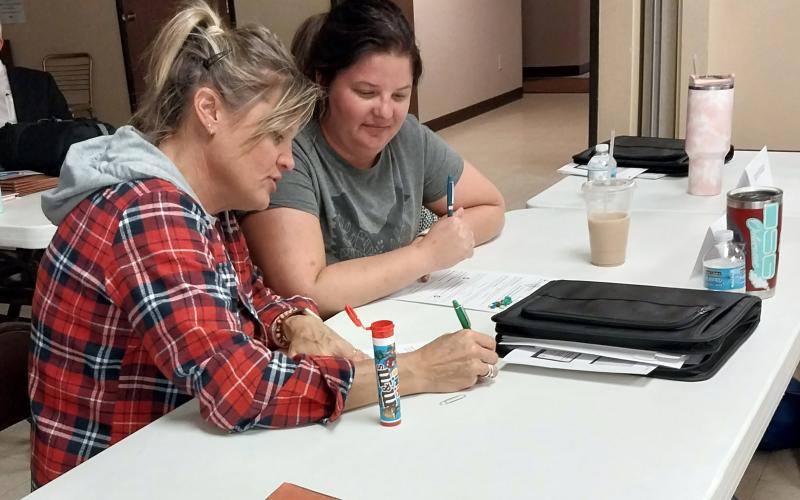
Livestock Risk Protection Cattle HQ Live
Join SDSU Extension's beef team to gain valuable insights to improve the health, productivity and profitability of your herd. This month we will cover the basics of Livestock Risk Protection (LRP).
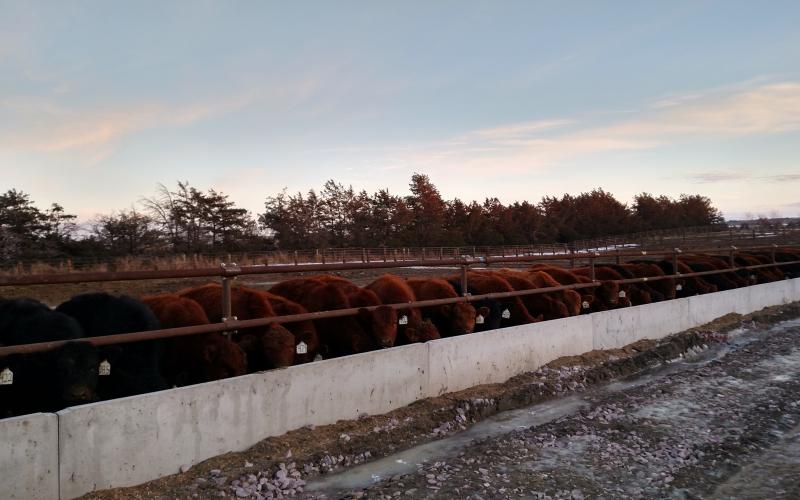
Cattle Market Update Cattle HQ Live
Join SDSU Extension's beef team to gain valuable insights to improve the health, productivity and profitability of your herd. This month will cover an overview of the inventory levels and changes that will give insights into expansion.

Crop Hour
SDSU Extension Crop Hour webinars provide valuable information for South Dakota crop producers to help them improve their profitability and prepare for the upcoming season.
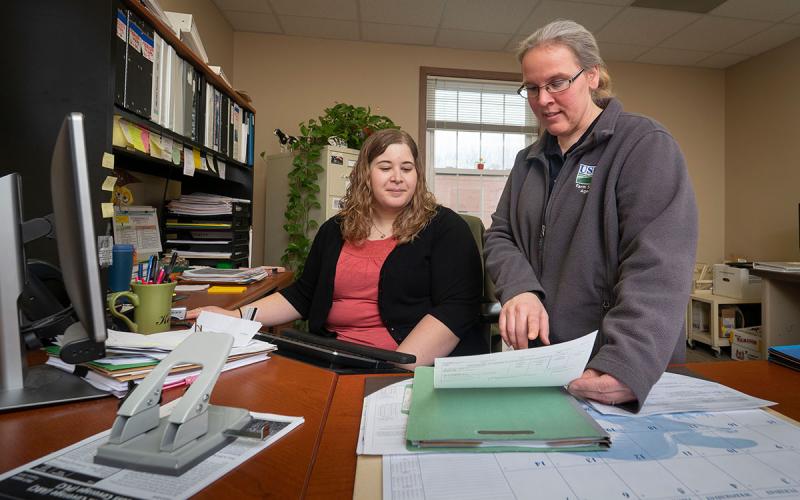
An Analysis of Margin Protection Crop Insurance on Corn and Soybeans in South Dakota
Margin protection crop insurance, an endorsement/policy that insures producers against rising input costs, is growing in popularity in South Dakota. Recent research investigated how South Dakota margin protection payouts compared to our neighboring states.
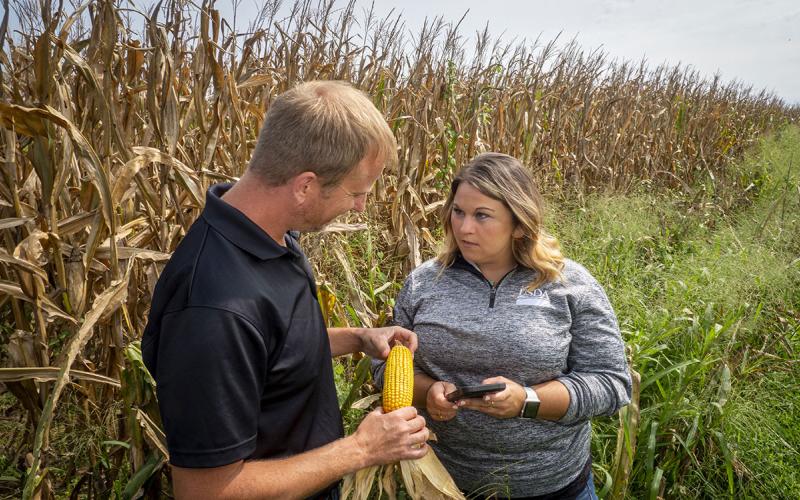
Margin Protection Crop Insurance for Corn in South Dakota
Farmers may be interested in exploring different aspects of crop insurance during the current agricultural conditions of low commodity prices and high input prices. One alternative available is Margin Protection crop insurance.
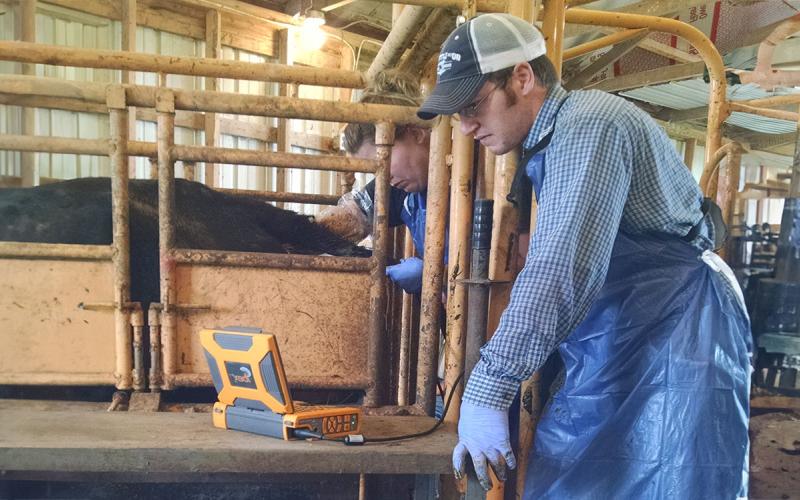
Merits of Early Pregnancy Diagnosis in Replacement Heifers
By conducting early pregnancy diagnosis, producers can make management decisions that impact herd viability and expected financial outcomes.
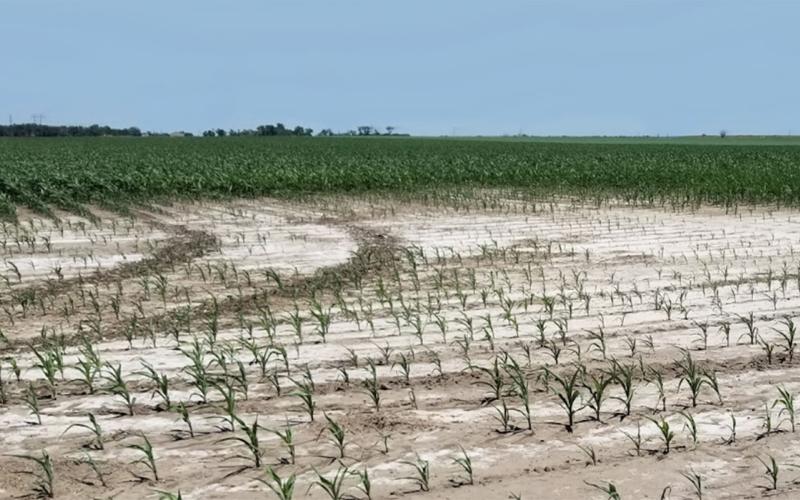
South Dakota producers share their stories with SDSU Extension’s Every Acre Counts program
April 05, 2023
SDSU Extension has released nine videos of producers sharing their experiences in the Every Acre Counts program.
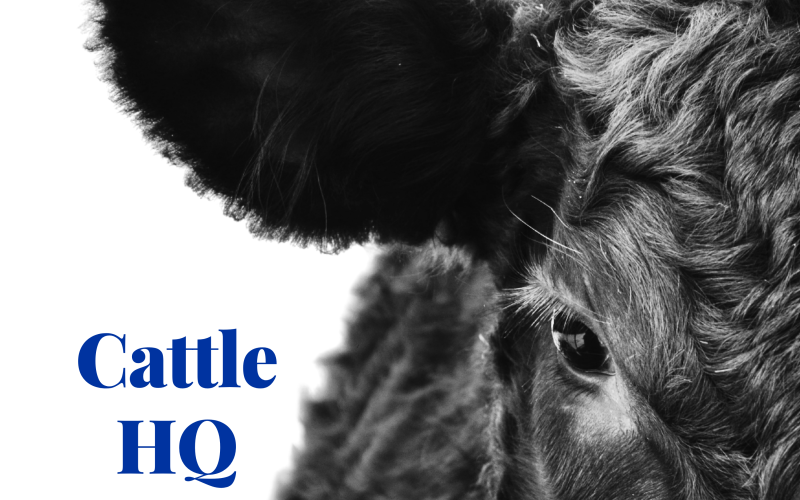
In the Markets: Cattle Inventory
In this episode of Cattle HQ, Adele Harty, SDSU Extension Cow/Calf Field Specialist and Matt Diersen, SDSU Extension Risk/Business Management Specialist reunite for another quarterly update on the state of the cattle industry.
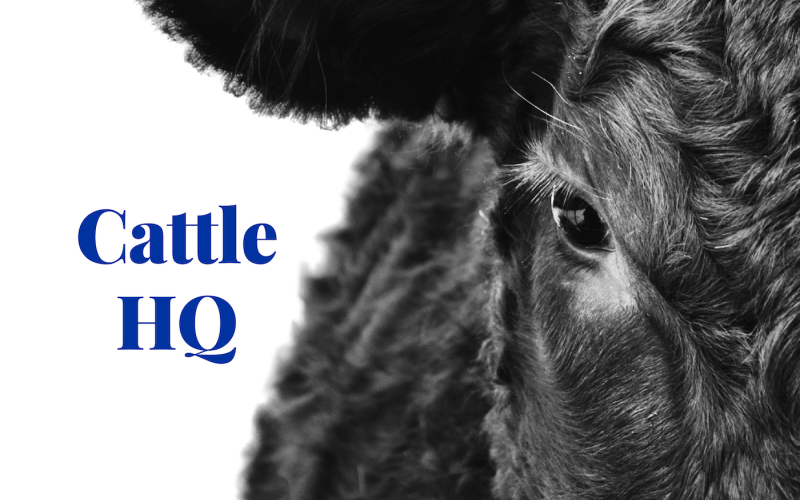
Fall Cattle Markets with Matt Dierson
In this episode join Kiernan Brandt and Olivia Amundson, former SDSU Extension Cow/Calf Field Specialists, as they talk with Matt Dierson, SDSU Extension Risk/Business Management Specialist about Fall cattle markets and current market values.
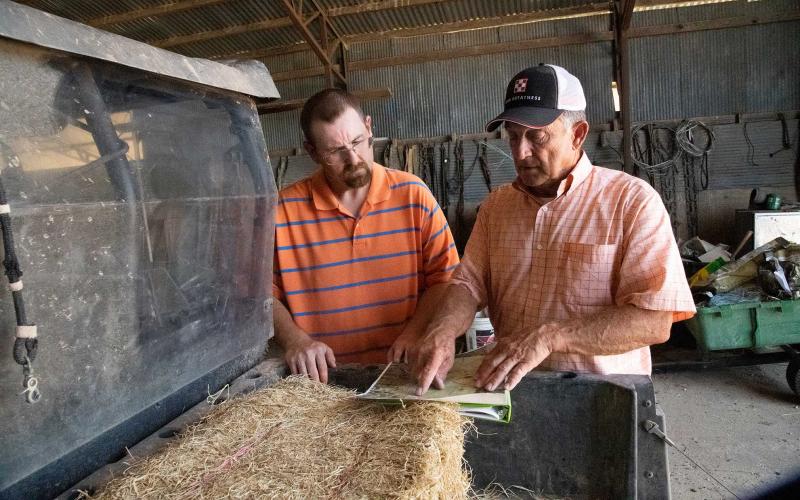
Livestock Risk Protection for Cattle
Price rallies, general price volatility and concern that prices may move lower could lead producers to insure livestock prices. Livestock Risk Protection is an insurance program that covers the single-peril or risk of lower prices on fed cattle and feeder cattle.